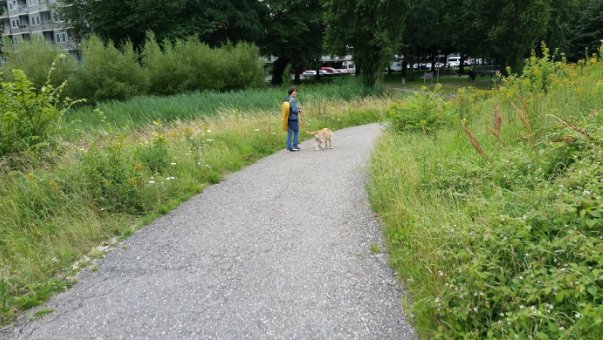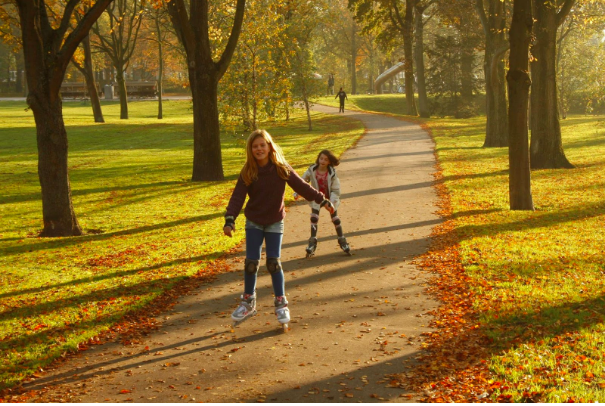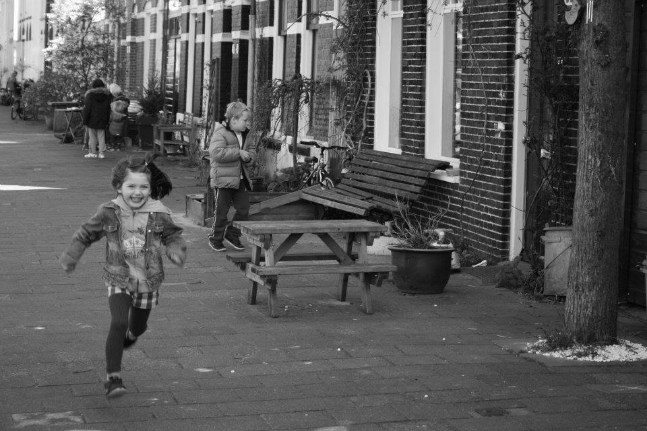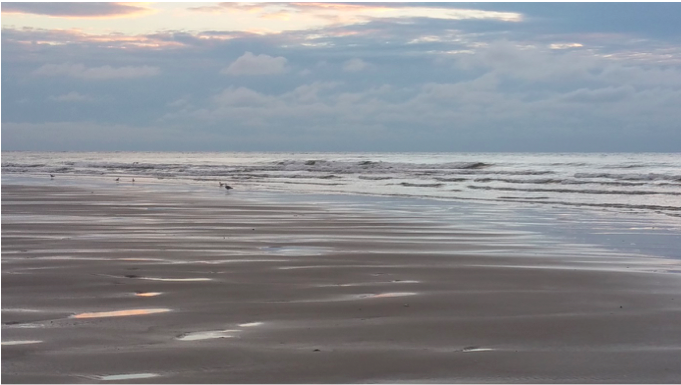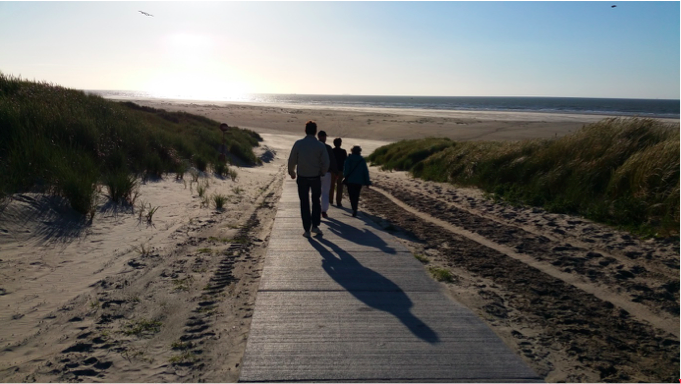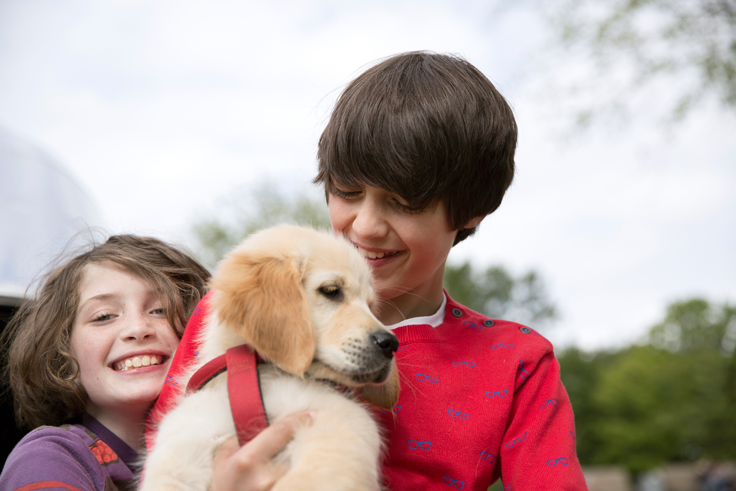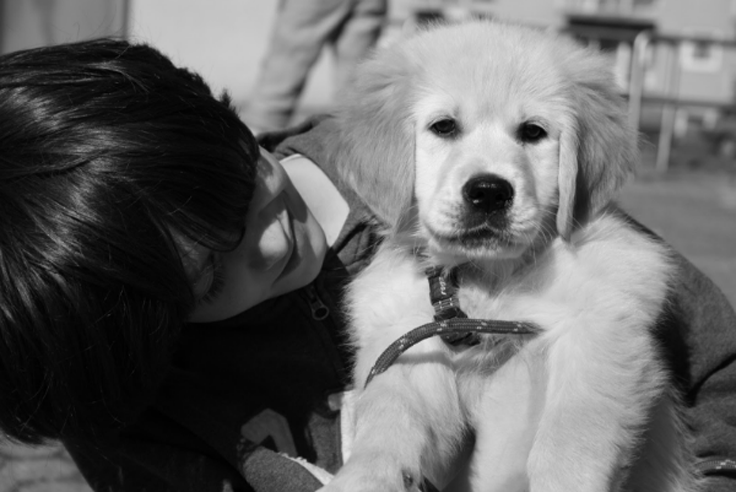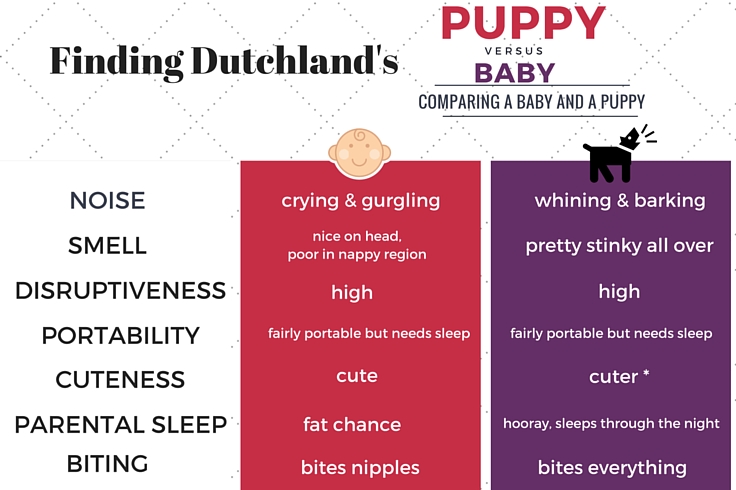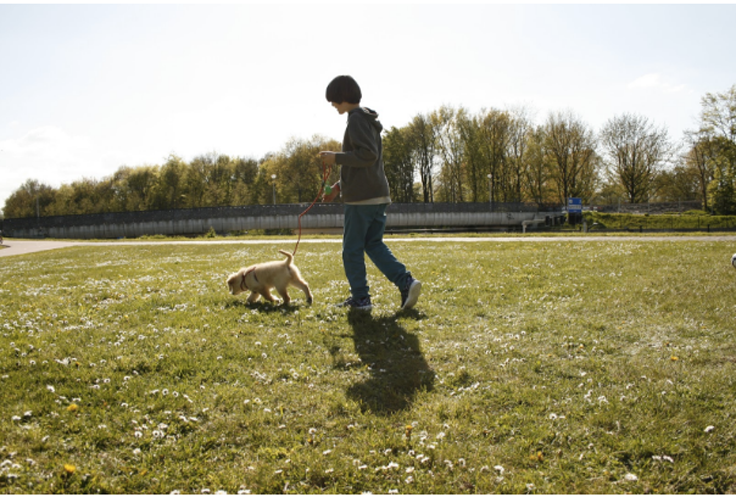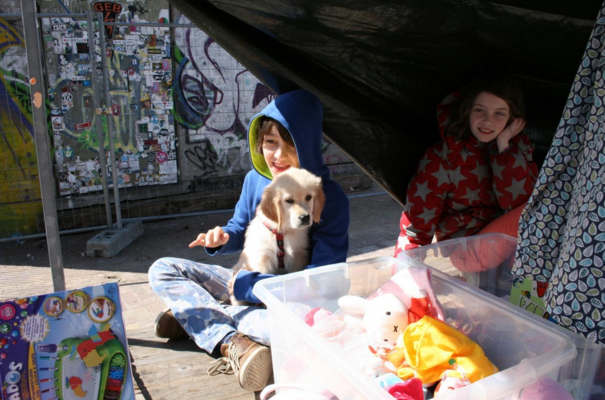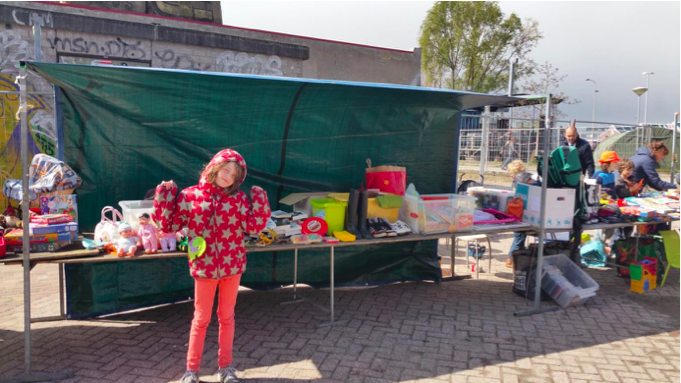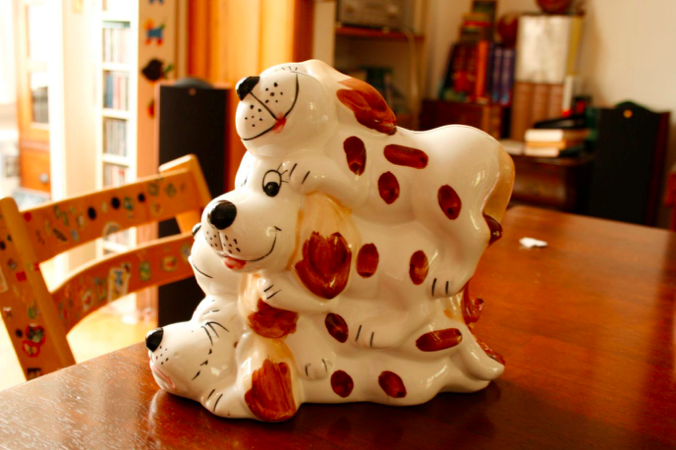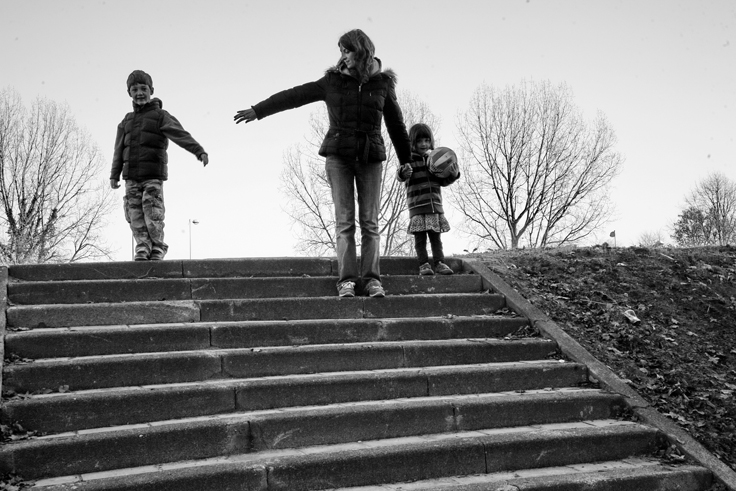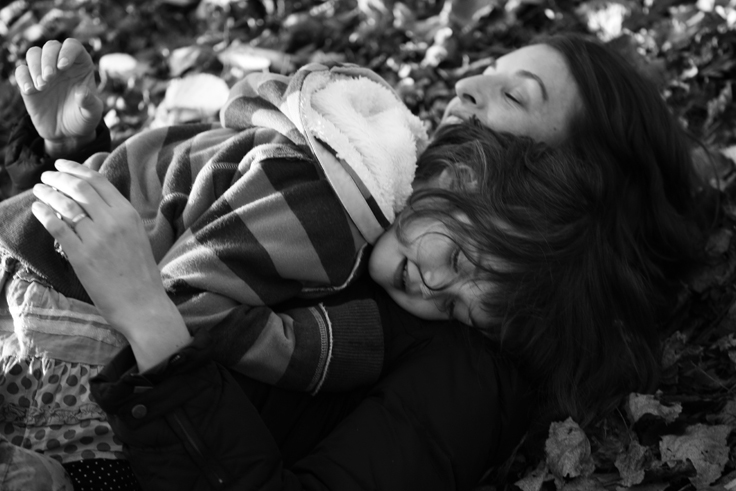There’s this hilarious bit in Amy Chua’s Battle Hymn of A Tiger Mother in which her extreme parenting techniques have only partially worked on her two daughters and she gets a dog. Naturally she’s convinced her dog is a genius and she’s going to be able to get it to learn all kinds of things with some discipline. Turns out the dog’s not that bright and much of her coaching fails. I think Chua is prepared for her husband’s and the reader’s laughter at this point. She’s fully aware of her own compulsive drive to push and improve and the way it descends into farce.
I’m in a similar position, owning a puppy now that my children (aged 9 and 12) have become quite independent and no longer need me like they used to. I can test out my parenting techniques on the dog. The only thing is my aims aren’t the same as Chua’s. I’m rather proud of my children – they are smart and likeable and help out at least some of the time. But where much of my Dutch-influenced parenting has been about teaching them independence, resourcefulness and self-sufficiency, these aren’t exactly talents you want to instil in a dog. A safe dog is an obedient dog. It doesn’t run away and it doesn’t jump up at people.
While thinking about this, it strikes me that one advantage to Pippa being a dog rather than a child is that I’m not desperate for her to like me. I don’t care if I upset her by asking her to sit and wait rather than run after that man on a bike. I want an obedient, safe dog more than I want one that can do tricks and think for itself. I’m convinced that discipline is what makes a dog happy. This is somewhat true of children, too, I expect. They need structure and clarity, but things do get complicated by wanting them to love you. It makes enforcing discipline harder. Dogs love you anyway. Thank God for that.
The crazy thing about dogs is that they grow up super fast. They double in size in a matter of weeks and all of their milk teeth drop out in the space of a fortnight. At least Pippa’s have. Compare this to my 12 year-old, still waiting for his last two molars to go so that he can get his first brace fitted. Parenting a puppy is like living on fast forward. Blink and you miss it. But unfortunately all this accelerated physical growth doesn’t correlate to accelerated learning. They don’t learn all the commands in a matter of days. It takes months and months for them to figure out what you want and decide to obey.
Deciding to obey is also a thing. Having finally got a few commands instilled in her, Pippa is just hitting puberty and her behaviour is starting to get a bit more rebellious: running off down the road instead of getting in the car, chasing other dogs and children when called to heel, ignoring requests to drop those dirty nappy wipes. She knows what I want her to do, but she’s deliberately ignoring the stuff she doesn’t want to hear. People tell me you just need to stay calm and patient and get through this stage; it’ll pass. All dogs calm down and get easier. Funny thing that, is this going to be the secret to dealing with teenage children, too?

